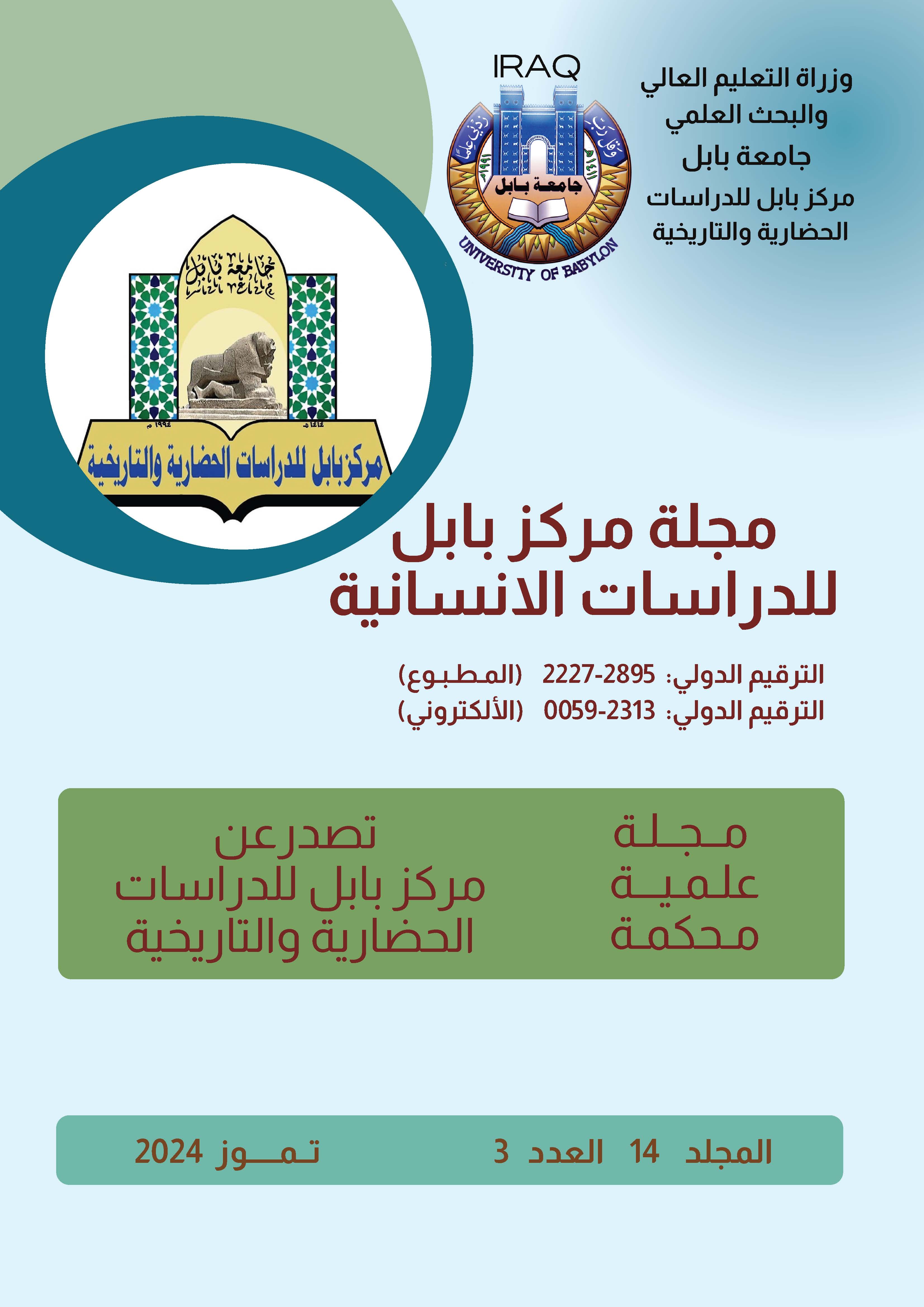The impact of geographical determinants on the urban structure during the stages of development of the city of Fallujah
Keywords:
urban structure, Fallujah city, Euphrates River, floodplainAbstract
The research dealt with the impact of geographical determinants on the urban structure during the stages of the development of the city of Fallujah, by identifying those natural and human determinants. The research dealt with studying the city’s geographical location, topography, climate, soil, and population of the study area. It also dealt with the stages of urban expansion of the city and the development occurring in each of its stages. The impact of geographical characteristics on the urban structure in the study area during the contemporary stage was also addressed, as the researcher found, through the field study, that
The first stages of the city's growth are along the highway, and the other nucleus in the northern direction is located outside the basic design behind the railway, and it is more like a residential suburb represented by Al-Jaghifi II and the village of Al-Mukhtar. The currently populated area of the city of Fallujah has occupied the majority of the floodplain area and parts of the Fallujah gravel, and due to the presence of The limitations represented by private property, especially the agricultural strip and the Euphrates River to the north, as it is difficult to neglect it, as well as the Euphrates River and the obstacles represented by some rugged hills, local depressions, and the railway to the north of it. Therefore, the directions of future cadastral growth of the city of Fallujah were determined to be in front of several axes, the first of which is maximizing the use of spaces. located in the city, and the second is the area growth north and east across the railway towards the Badia Plateau and the highway, after overcoming the difficulties there. This axis is characterized by its breadth, and has witnessed a slow urban expansion, the signs of which appeared through the spread of some scattered residential buildings. As for the last axis, it was growth. Towards the east on both sides of the international road and north of the railway, which formed an urban fabric connected to the city of Fallujah. Signs of this trend appeared through the spread of residential buildings and complexes to the east, the traffic highway, the University and Al-Qadisiyah neighborhoods, and north of the railway in the police, teachers and Golan neighborhoods, as well as the presence of a number of commercial shops. And some industrial workshops began to appear in the second village of Al-Jaghaifi and the village of Al-Mukhtar.







